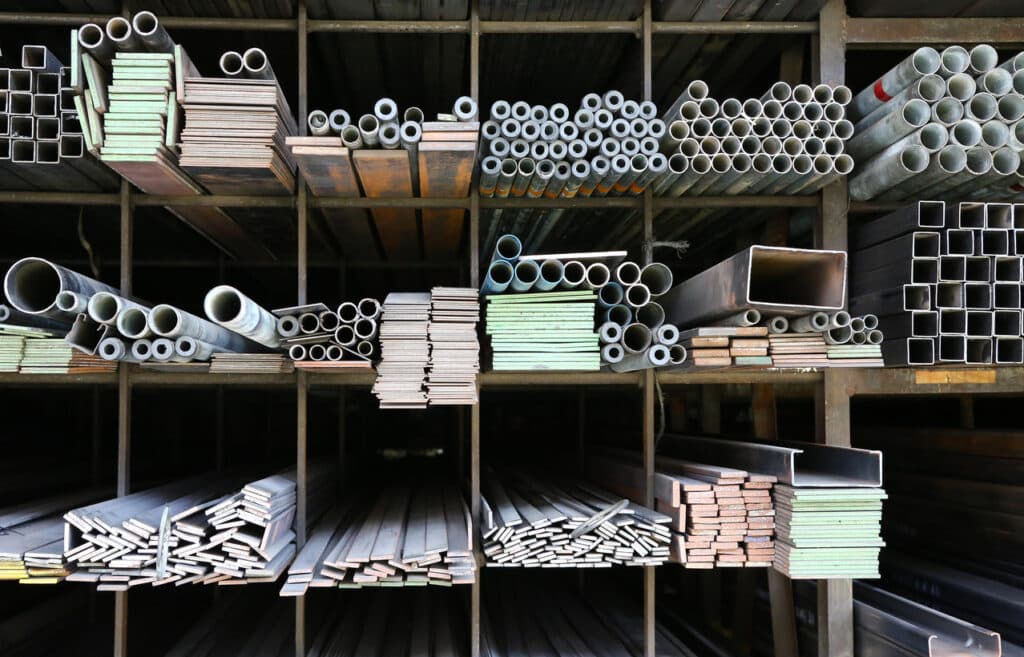
- Massive Range
- FREE UK Delivery
- Rapid Dispatch
- Massive Range
- FREE UK Delivery
- Rapid Dispatch
- Massive Range
- FREE UK Delivery
- Rapid Dispatch
Home » Mixed-Metal Welding: Can You Weld Stainless Steel To Mild Steel and How?
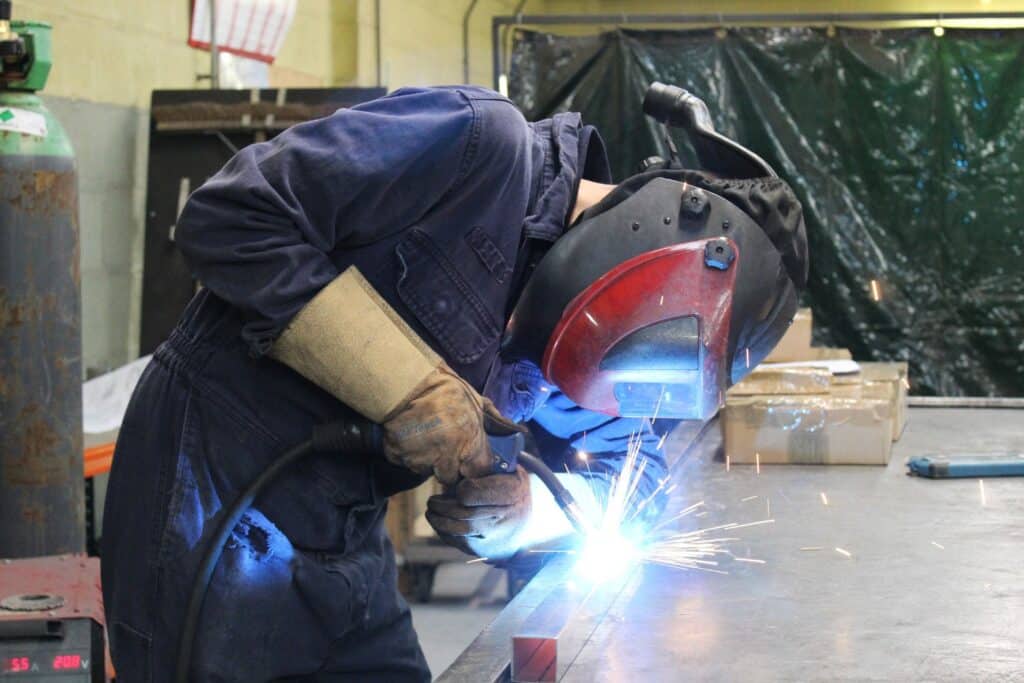
Mixed-metal welding, especially welding stainless steel to mild steel, is an essential skill in various industries.
As designers and engineers often look to optimize structures using different metals, the need to understand their welding compatibility becomes crucial. So, can you weld stainless steel to mild steel?
Let’s get into it…
In short, yes. It’s entirely feasible to weld stainless steel to mild steel. However, the process can be more complex than welding two similar metals together due to differences in properties, thermal conductivity, and coefficient of thermal expansion.
When welding these two metals, the welder needs to be aware of these disparities and use techniques and consumables that address these challenges.
There are various reasons:
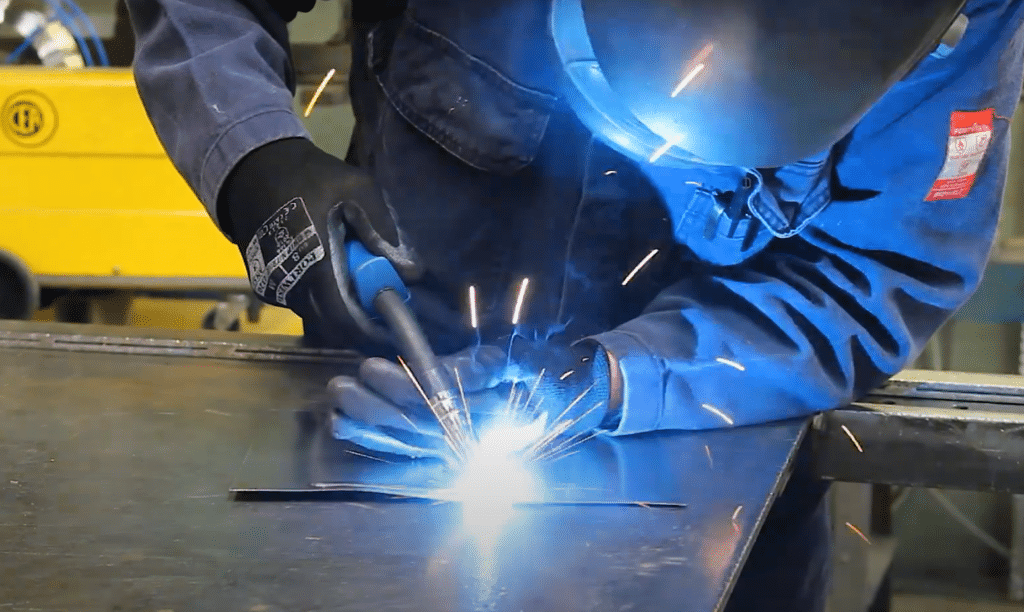
Speciality Metals are part of a group of mesh and metals businesses based in Warrington. On site we have a welding department who specialise in producing heat shields for oil rigs, and other super high level processes.
Here is their advice before you take on welding at home:
“1. Safety First: Before diving into the intricacies of welding, it’s essential to prioritize safety. Ensure you have a proper welding helmet to shield your eyes from the intense light, gloves to protect your hands, and flame-resistant clothing to cover your body. Always work in a well-ventilated area to avoid the accumulation of potentially harmful fumes. This is often easier said than done in domestic environments, but it is vital that this is the starting point.
2. Tools and Equipment: Invest in a good-quality welding machine suitable for mixed-metal tasks. TIG (Tungsten Inert Gas) welding machines are often recommended for their precision and adaptability. You’ll also need filler rods compatible with both stainless steel and mild steel. For this purpose, a 309/309L stainless steel filler rod is commonly used.
3. Surface Preparation: A successful weld starts with immaculately clean surfaces. Any contamination, be it rust, oil, paint, or dirt, can compromise the weld’s integrity. Use a wire brush or grinder to clean the metals, ensuring they’re free of any contaminants.
4. Heat Management: This aspect is vital when welding at home, given the different thermal properties of stainless steel and mild steel. Preheating the mild steel part slightly can aid in controlling the cooling rate, thus reducing the risk of cracking. Additionally, always ensure even heat distribution to prevent weak points or deformations.
5. Welding Technique: For home welders, the key is patience. TIG welding, although precise, requires a steady hand and controlled movements. Ensure you maintain a consistent arc length and travel speed. The use of a filler material will help bridge the gap between the two metals, ensuring a robust joint.
6. Post-Welding: Once the welding is complete, let the metals cool naturally. Primarily, inspect the weld for any inconsistencies or weak points, and ensure there’s no residual contamination.”
While welding stainless steel to mild steel requires careful attention and skill, it is entirely possible with the right knowledge and technique.
By understanding the challenges and addressing them effectively, you can achieve a strong and durable weld between these two metals.
For all your welding needs, whether it be mixed-metal projects or other, trust the experts and explore a wide range of products tailored for professionals and hobbyists alike.
Dive into the world of welding with confidence and precision, making your projects stand out.
As always, thank you for checking out our blog. We hope that this helps you with your project.
Please also check out the other articles in our helpful guide series. We have written about aluminium sheeting and checker plate recently to name but two of our articles.
We are also proud to sell this product on our highly popular eBay store, check us out there too.
If you have any further questions, feel free to contact us.

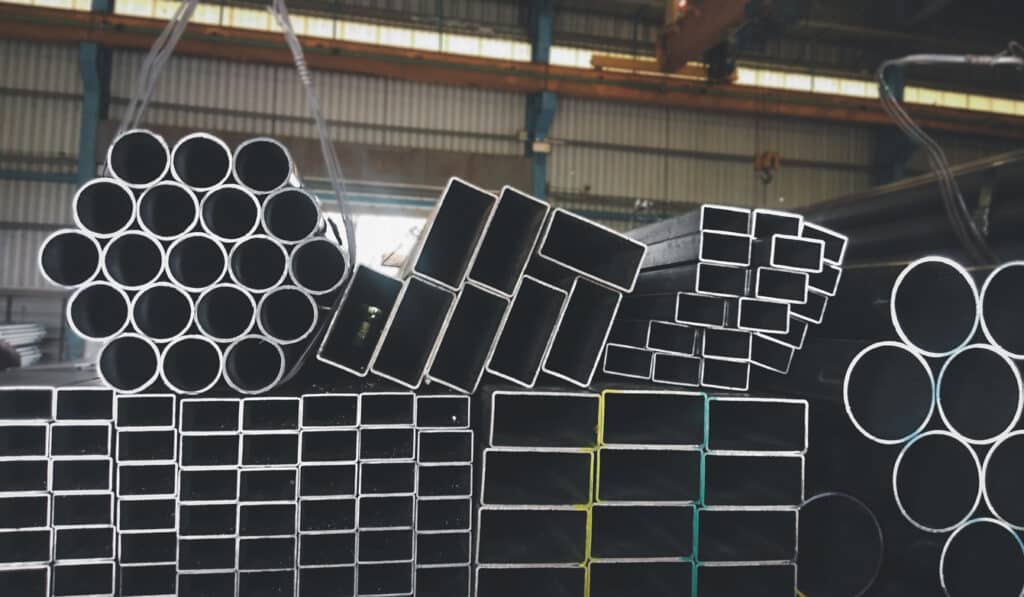
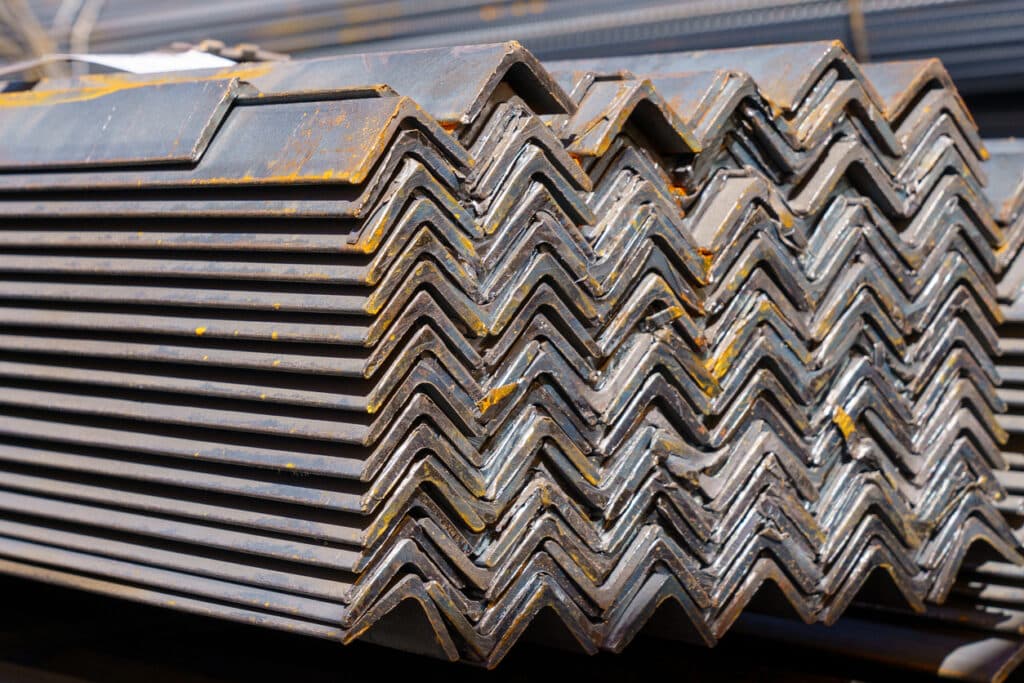

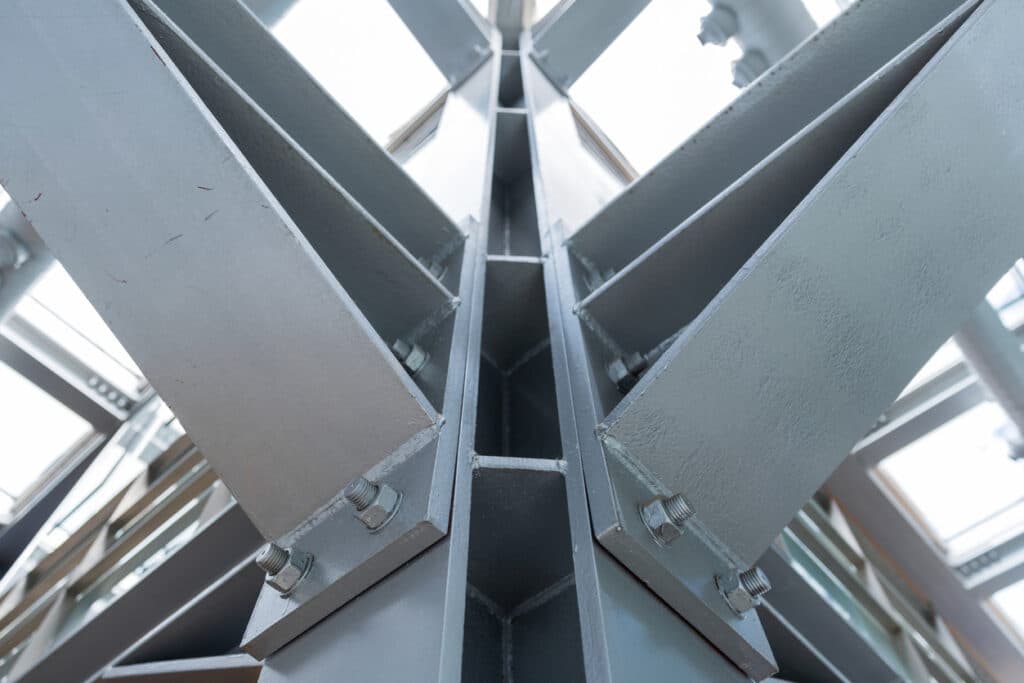

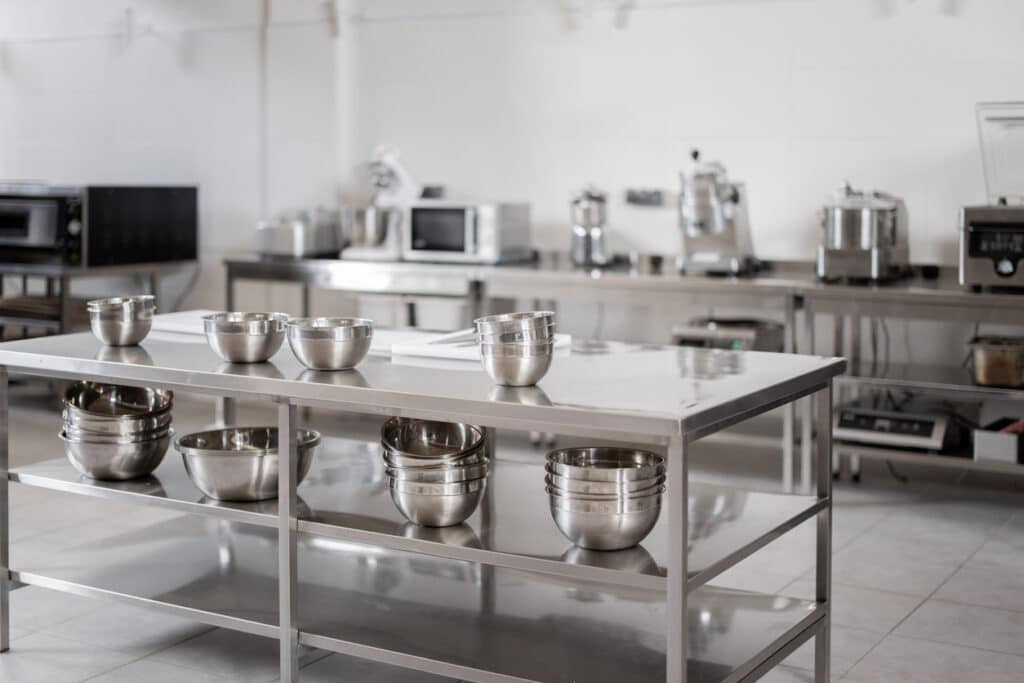
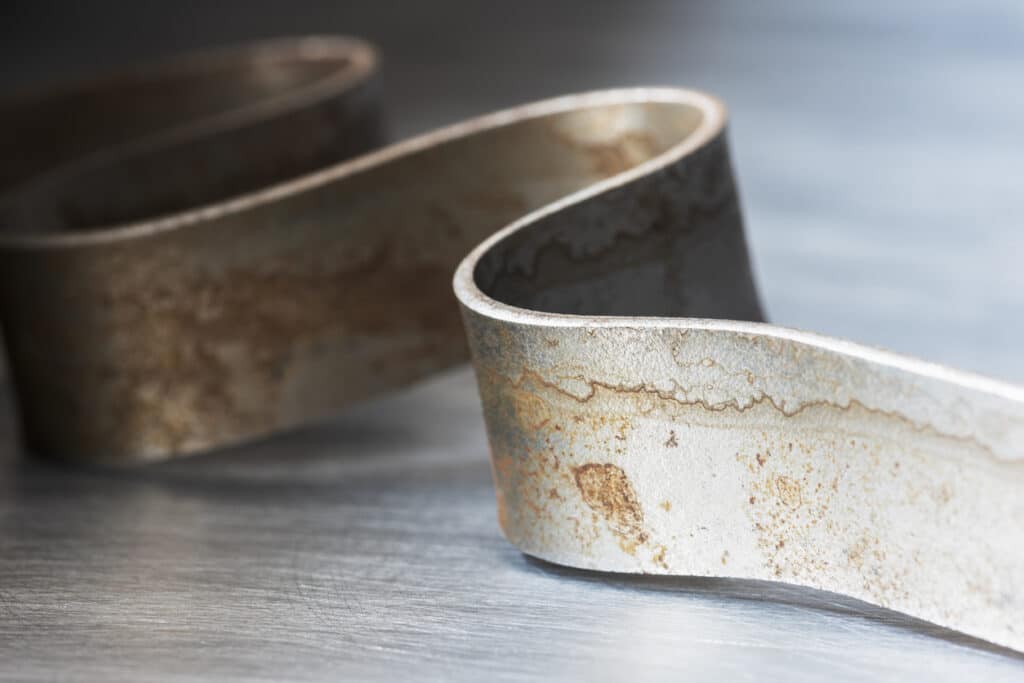
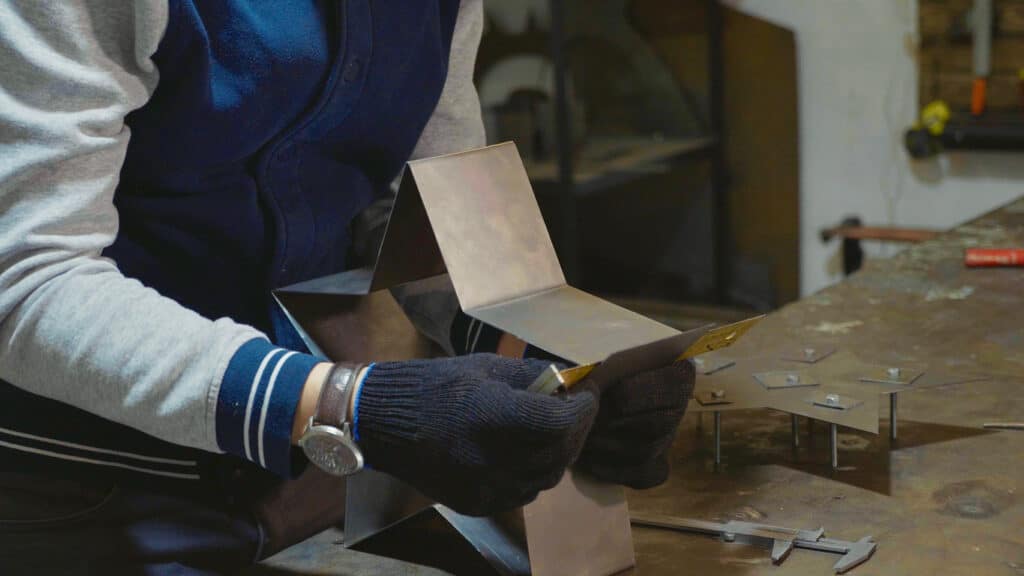
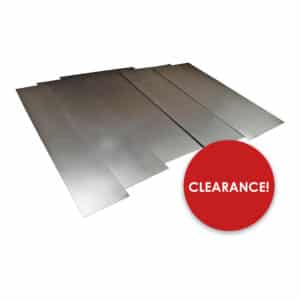
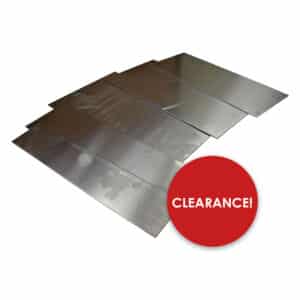
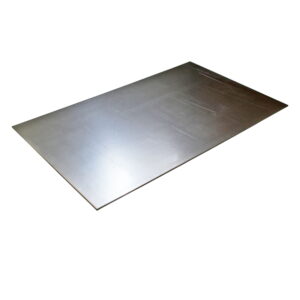
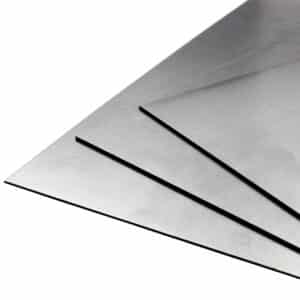
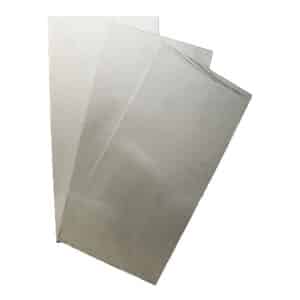
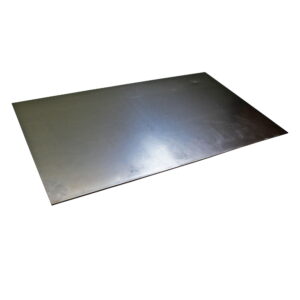
Speciality Metals
Unit 1, Farrell Street, Warrington,
Cheshire, WA1 2WW, United Kingdom
Quick Links
Payment Options
